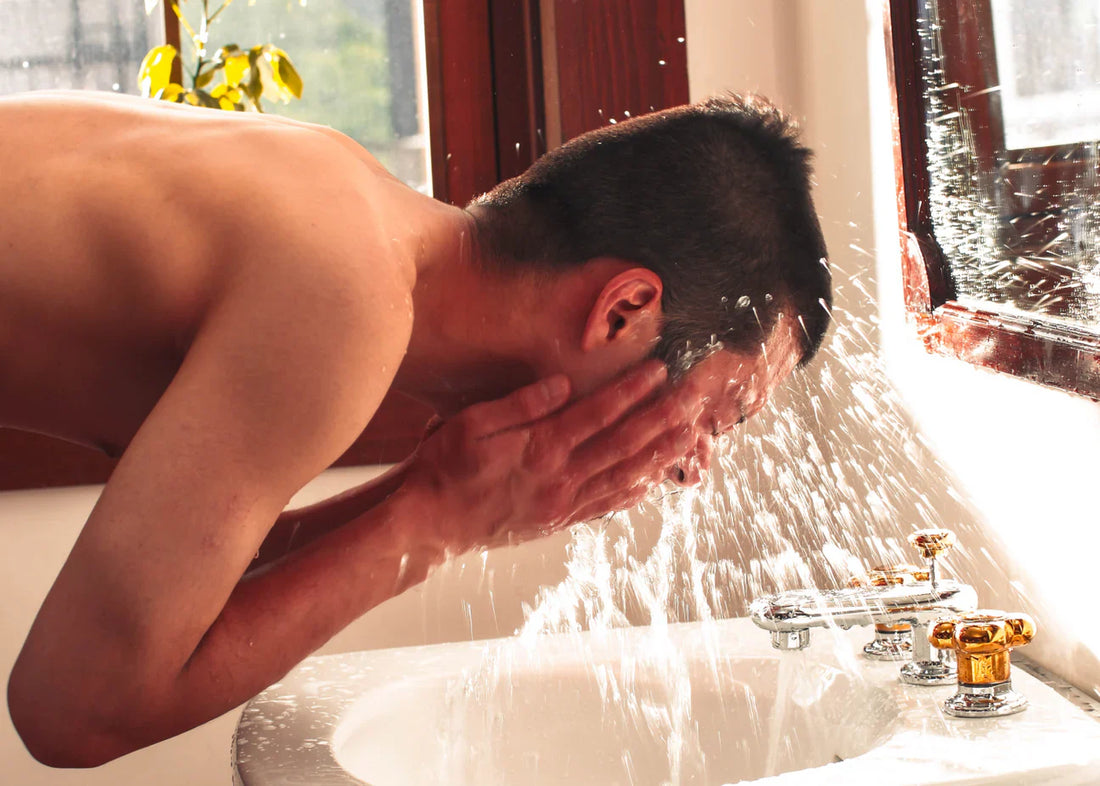
How Gross Did Everyone Smell Before Plumbing?
While people in medieval times weren’t quite as filthy as we tend to think, they certainly weren’t clean by today’s standards. Here’s what keeping clean looked like back in the olden days.
Bathing: The Devil’s Work
Prior to the Middles Ages, bathing was a pretty popular pastime. The Ancient Greeks invented the basics of the spa as we know it, and the Romans built on this tradition with their cultural obsession for cleanliness, erecting majestic bathhouses wherever they conquered. While medieval Europe didn’t continue this trend so lavishly, public baths were still extremely popular until around the start of the 16th century, at which point, their use declined dramatically. For this, you can thank three things: The Black Death, an outbreak of syphilis and the Catholic Church.
The first item on this list is perhaps the easiest to grasp: The bubonic plague wiped out 60 percent of Europe’s population in the 14th century, and after seeing countless people succumb to an agonized, pustule-covered ending, people were naturally more cautious about sharing bathwater with strangers.
But how did syphilis and the Church get involved? As you might expect in a world of unregulated unisex bathhouses, hooking up was common, and many of these institutions even became fronts for brothels. Syphilis spread like mad under such conditions, and the Church — which already took a dim view of bathing as an act of vanity, with some monks only permitted to bathe four times a year — soon proclaimed that bathhouses were the work of the devil.
This all resulted in an aversion to bathing that lasted for several hundred rather smelly years, until indoor plumbing was introduced in the 19th century. As recently as the Victorian era, it was common to go weeks without washing the rest of the body, although hands, feet and faces were still washed regularly.
Some members of the upper class took to installing elegant baths in their stately homes, but for poor people (which, outside of the aristocracy, was basically everybody) it was a less pleasant experience. Baths were shared by the entire family, with the eldest family member using the water first, each taking their turn until the youngest, who went last. (Some claim this is the origin of the phrase, “don’t throw the baby out with the bath water,” although this has been disputed.)
Even after indoor plumbing became a necessity instead of a novelty, it still took some time before people thought of bathing or showering as something to do every day — for most people, at least.
Teeth Cleaning: Don’t Try the Mouthwash
Most cultures eventually invented some variation of the toothbrush, but it sometimes took them a while to get there. The earliest versions were little more than sticks: Known as “chewsticks,” these were essentially twigs, chewed at one end until they resembled a brush, with the other end sharpened to a point for use as a toothpick. Ancient versions have been found in places as widespread as Babylonia, Egypt and China, with the earliest discovered examples dating back to 3,500 BC.
Toothbrush technology hadn’t progressed much in Europe by the Middle Ages, and chewing sticks were still the preferred way of keeping the teeth clean, although some chose to rinse their mouth with water and polish their chompers with a cloth. Barbers were responsible for pulling rotten teeth, and people chewed herbs in an attempt to keep their breath from smelling.
The biggest advances in dentistry came in the 1700s, which saw the invention of the dentist’s chair, the dentist’s drill and dentures and crowns. The toothbrush as we know it was created in 1770, by a British prisoner named William Addis: Inspired by a broom, Addis threaded bristles through holes in a bone that he’d saved from his most recent meal. Once a free man, he patented his primitive design and by 1780, they were being mass-produced. He died a rich — and better-smelling — man.
Of course, the 18th century wasn’t all progress. Just decades before Addis’ invention, French dentist Pierre Fauchard (known as the father of modern dentistry) had recommended gargling with urine as a way to keep the mouth clean. So now you know what people’s breath really smelled like as recently as the start of the Industrial Revolution.
Soap: In Short Supply
Even when bathing took place, the soap and shower products used weren’t the most effective. Hard soaps — made from olive oil, sodium carbonate, lime and a mixture of herbs and flowers — were introduced in the 12th century, but were considered a luxury item. Soft soaps were brought in during the early Middle Ages, and these were made from a mixture of mutton fat, wood ash and flower oils. Neither worked as well as modern soaps, especially when only applied once a month or less.
As you might expect, the idea of antiperspirant or deodorant was still a long way off (the first patent was filed in 1888), making body odor the standard before indoor plumbing. Even amongst the aristocracy, smelling good was a rarity — King Louis XIV of France, who it is believed only took two baths in his entire life, was described by one Russian ambassador as “stinking like a wild animal.” Some tried to cover this smell with perfume, but since most people couldn’t afford it, it became customary to wear small bouquets of flowers or herbs pinned to the lapel when in public, the idea being to inhale deeply to block out the unwashed-body smell of everyone nearby. Known as nosegays — literally, something to make your nose gay (i.e., happy) — they were the pine-scented car freshener of the pre-industrial world.
These days, the pendulum has swung so far the other way that dermatologists are worrying what repeated showers are doing to our skin. But there’s no arguing that we smell better than our ancestors, and for that, we should be grateful.
